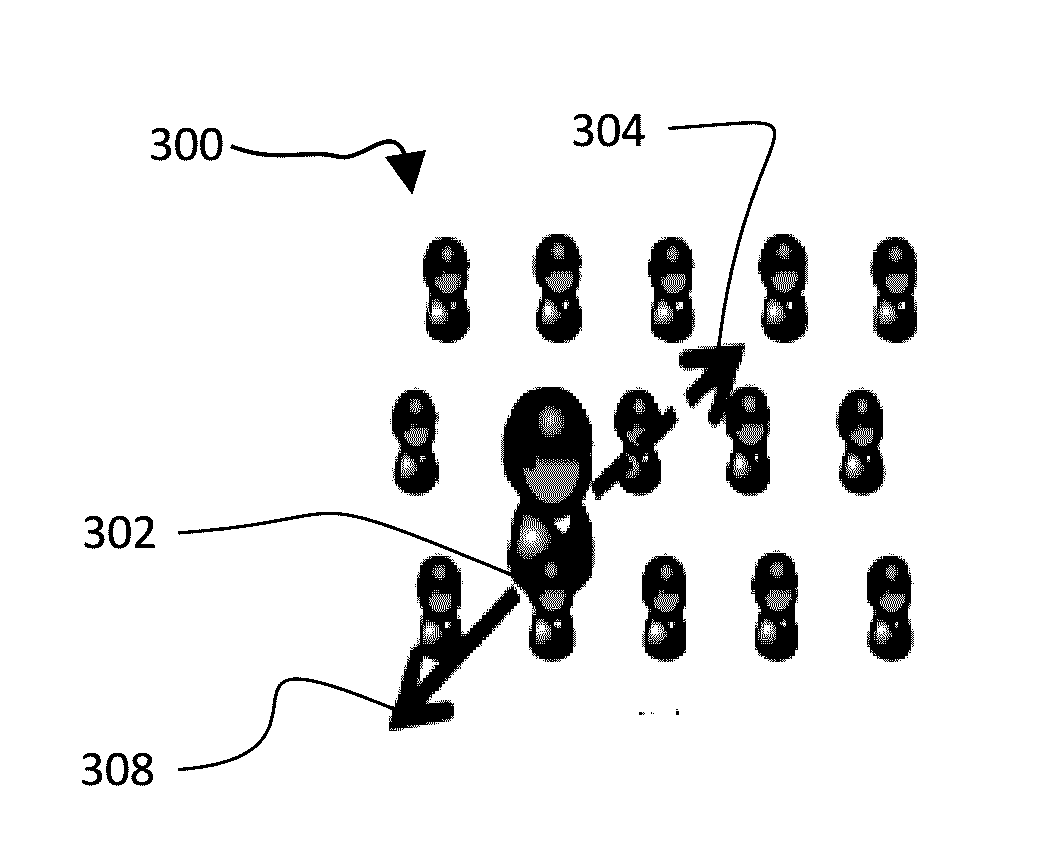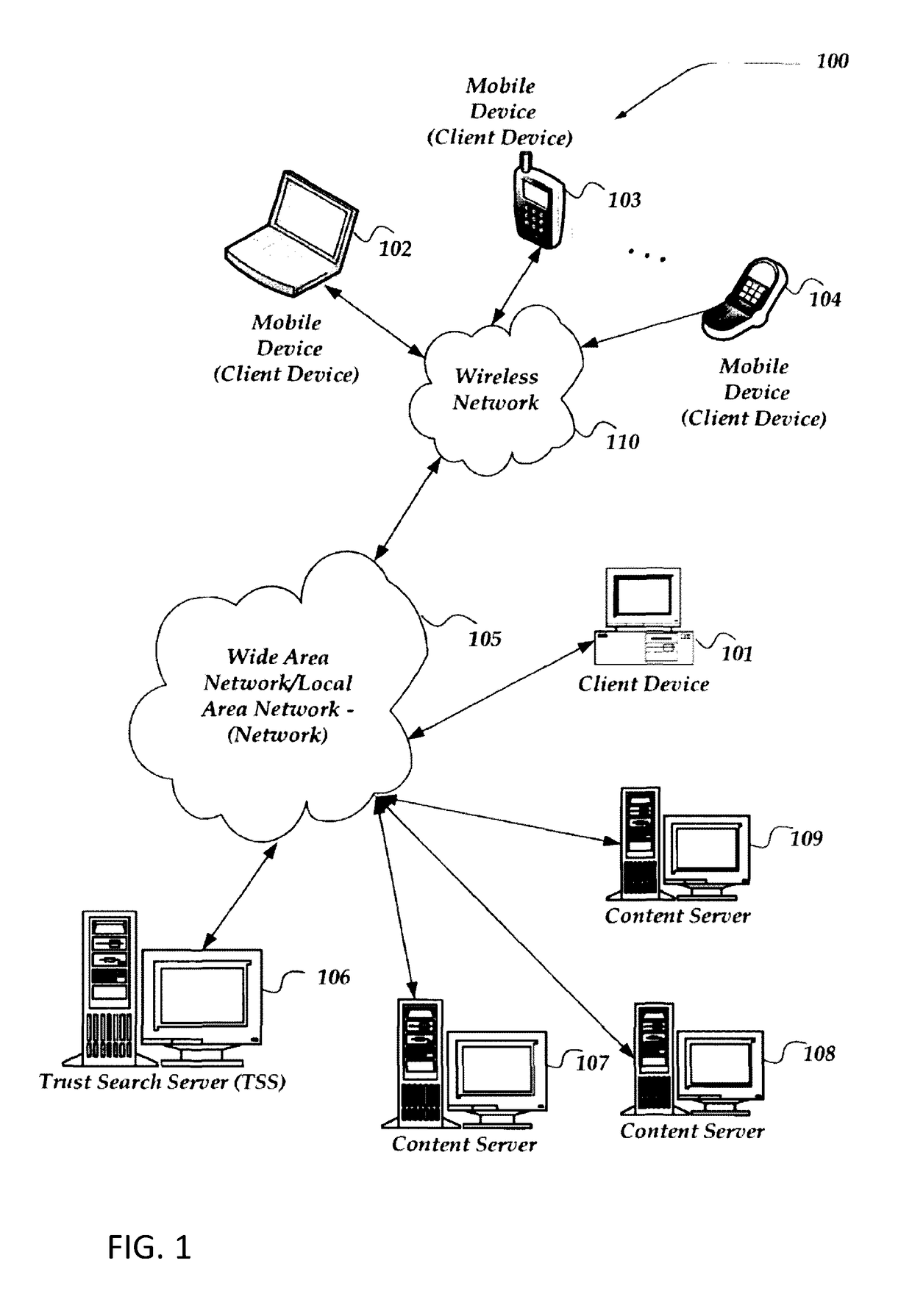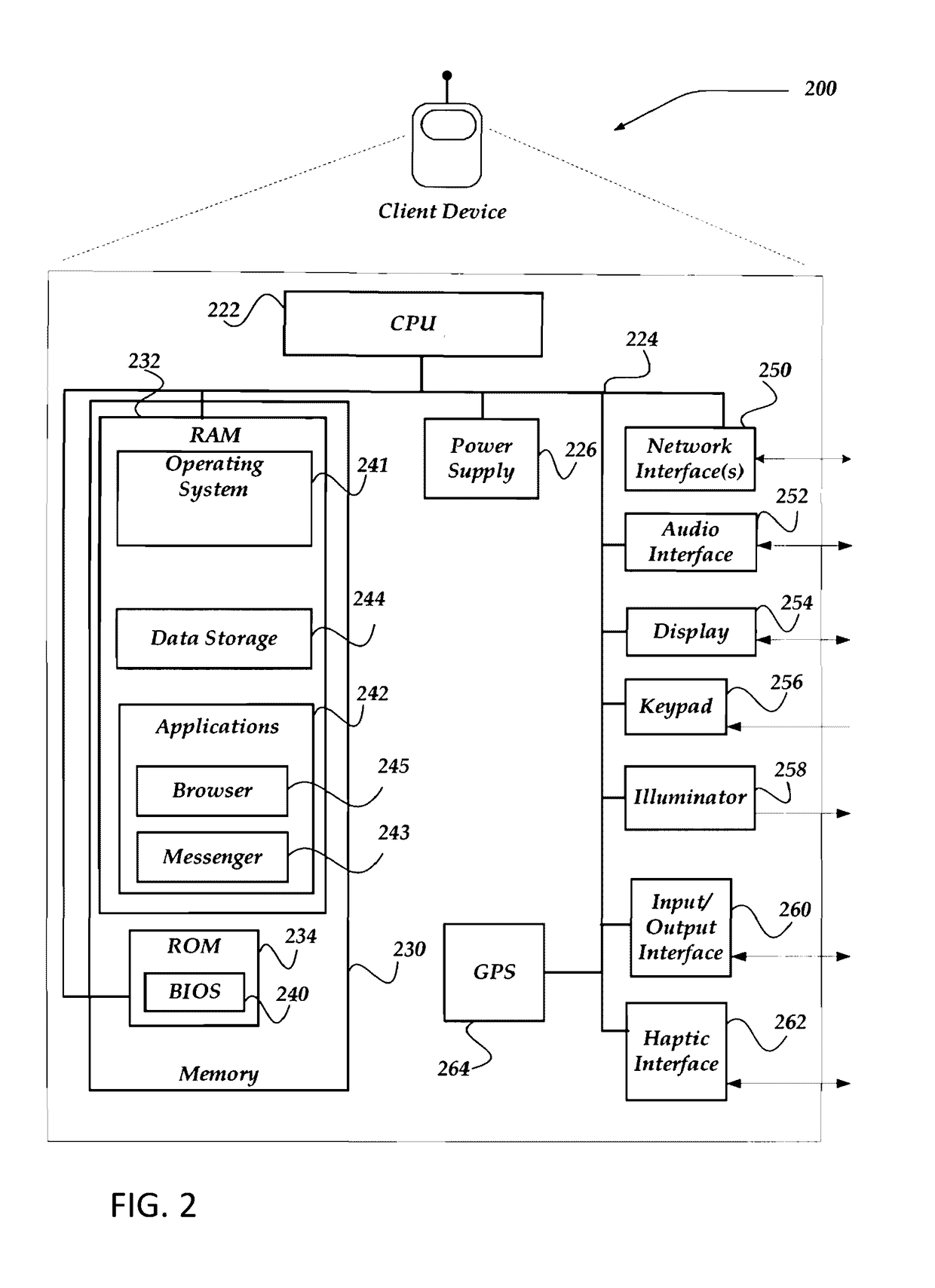Smart Exploration Methods For Mitigating Item Cold-Start Problem In Collaborative Filtering Recommendation Systems
a recommendation system and intelligent exploration technology, applied in the field of recommendation systems, can solve problems such as system failure, item cold-start problem not as simple, and cf recommender cannot model the new entity reliably
- Summary
- Abstract
- Description
- Claims
- Application Information
AI Technical Summary
Benefits of technology
Problems solved by technology
Method used
Image
Examples
example
[0067]As a qualitative illustration of how the method converges towards selecting the interested users, consider FIGS. 3-8. To simplify presentation, assume an offline setting. In FIG. 3, a set of candidates 300 is revealed and in FIG. 4, the first selected user 302 is the one with the maximal positive interactions. Assume the first selected user 302 does not provide feedback to the new item. The BELV 304 is updated to capture this negative interaction, and the next user 306 with the highest score is in the opposite direction of the first selected user's vector 308. Then, in FIG. 5, the second selected user 306 does not provide feedback either and the BELV 304 is updated to be orthogonal to the two users' vectors 308, 310. In FIG. 6, a third selected user 312 is the first to provide feedback and the BELV 304 roughly remains in the same direction as the third selected user vector 314. The following selected users are assumed to have vectors roughly in the same direction as well. In F...
PUM
 Login to View More
Login to View More Abstract
Description
Claims
Application Information
 Login to View More
Login to View More - R&D
- Intellectual Property
- Life Sciences
- Materials
- Tech Scout
- Unparalleled Data Quality
- Higher Quality Content
- 60% Fewer Hallucinations
Browse by: Latest US Patents, China's latest patents, Technical Efficacy Thesaurus, Application Domain, Technology Topic, Popular Technical Reports.
© 2025 PatSnap. All rights reserved.Legal|Privacy policy|Modern Slavery Act Transparency Statement|Sitemap|About US| Contact US: help@patsnap.com



